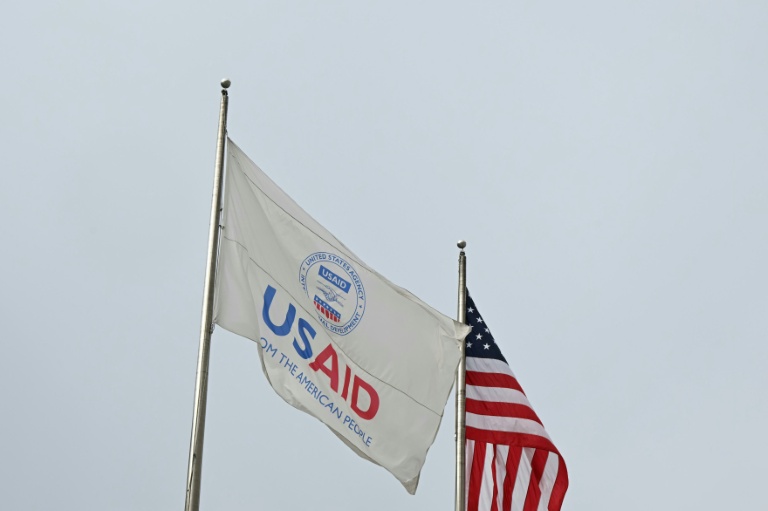Against the backdrop of a brewing North American trade war, global markets opened to sharp losses on Monday morning but made partial rebounds by noon after Mexican President Claudia Sheinbaum announced that U.S. tariffs against her country would be delayed by one month.
President Donald Trump announced on Saturday that the U.S. would impose extensive tariffs on Canadian and Mexican goods starting Tuesday. Canada retaliated with its own tariffs after Trump’s executive order, which slapped a 25 per cent tariff on Canadian goods and a 10 per cent tariff on Canadian oil — and threatened further escalation should its northern neighbour fight back.
The market response on Monday was relatively moderate, swinging back up from a sharp drop as Trump confirmed that he’d reached a temporary deal with Sheinbaum and was in contact with Prime Minister Justin Trudeau.
“We do not expect the 25 per cent tariffs on Canada and Mexico to be sustained for a prolonged period,” said Solita Marcelli, chief investment officer of Americas at UBS Global Wealth Management.
“The Trump administration would not want to jeopardize U.S. economic growth or risk higher inflation by leaving the tariffs in place for a sustained period, and significant stock market volatility could lead to a change in approach.”
Loonie drop ‘could have been worse’
Opening market reaction in the U.S. saw the S&P 500 down 1.7 per cent, while the tech-centric Nasdaq composite tumbled 2.1 per cent. The Dow Jones Industrial Average fell 557 points in early trading.
By 12:40 p.m. ET, some of those losses had been recovered, with the Dow Jones down 169.41 points, or 0.38 per cent; the Nasdaq down 1.38 per cent; and the S&P 500 down 0.79 per cent.
The upward swing came after Sheinbaum confirmed during a news conference that she’d spoken with Trump and that the tariffs against Mexico had been delayed by one month, after the country agreed to deploy 10,000 national guard troops to the U.S. border.
Meanwhile, Canada’s S&P/TSX Composite Index was down 220 points or 0.86 per cent on Monday afternoon. Earlier, the Canadian dollar had fallen to its lowest level against the U.S. dollar in more than two decades, trading at $68.13 US compared to $69.04 US on Friday afternoon. By 1 p.m. ET it had climbed slightly to $68.56 US.
The drop in the Canadian dollar could have been a lot worse, according to Shaun Osborne, managing director and chief FX Strategist at Scotiabank.
“The reality is that the Canadian dollar probably didn’t fall as far as the tariff announcement might have suggested it could,” Osborne told CBC News. “We’ve actually seen quite a significant rebound in the Canadian dollar on the back of the headlines from Mexico.”
Writing on his Truth Social platform Monday morning, Trump said that he spoke with Prime Minister Justin Trudeau early today and had scheduled another call with Trudeau for later this afternoon. There’s no telling yet whether Canada will get a reprieve similar to Mexico’s.
“I think markets are kind of torn between the idea of whether tariffs are this temporary leverage hammer that President Trump is going to unleash on various countries around the world, or if it’s something that may be a bit more permanent,” said Osborne, noting that Trump has suggested as much, as a means of generating revenue and funding tax cuts in the U.S.
“So it’s a highly fluid situation, a lot of volatility, a lot of uncertainty.”







